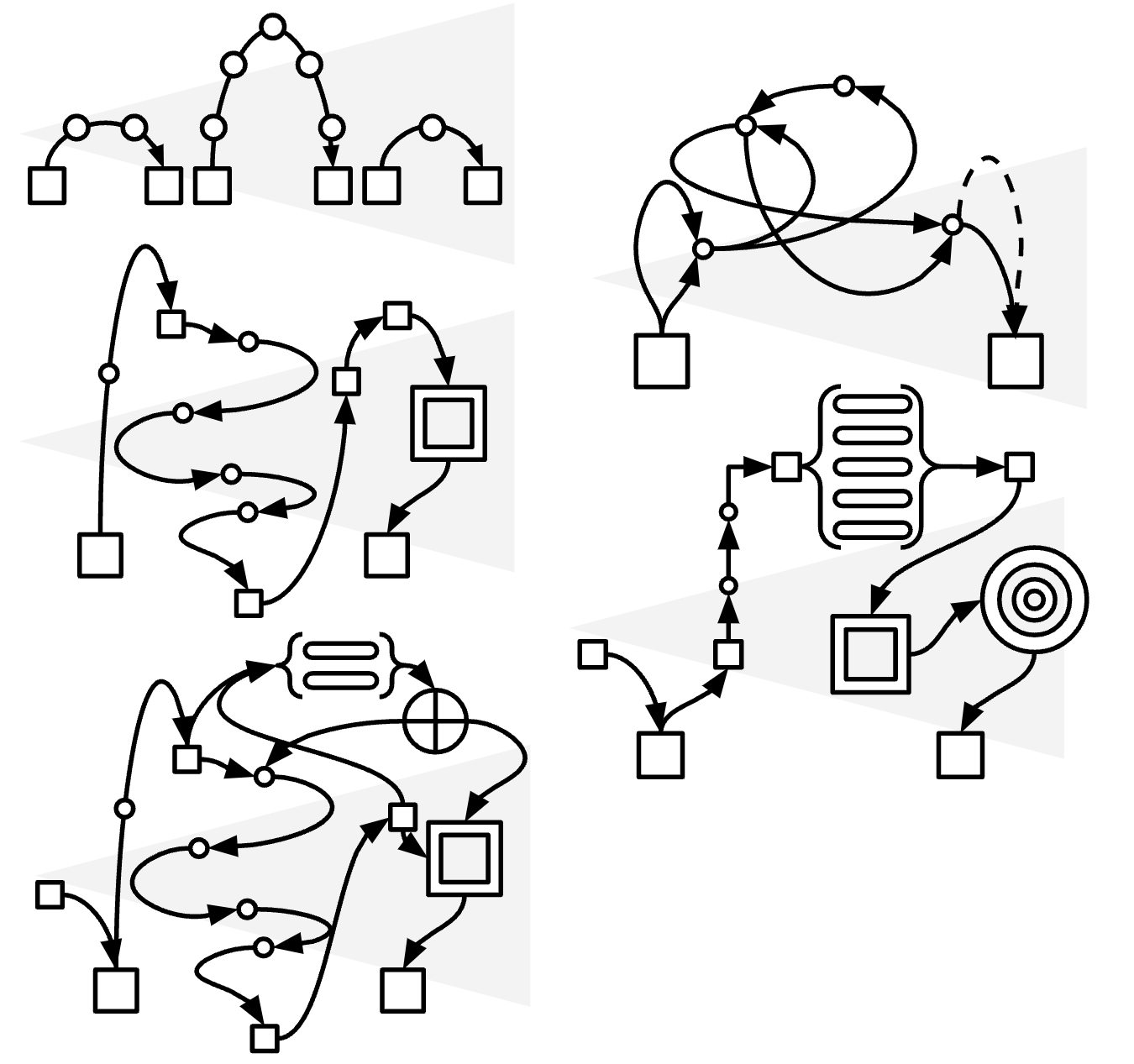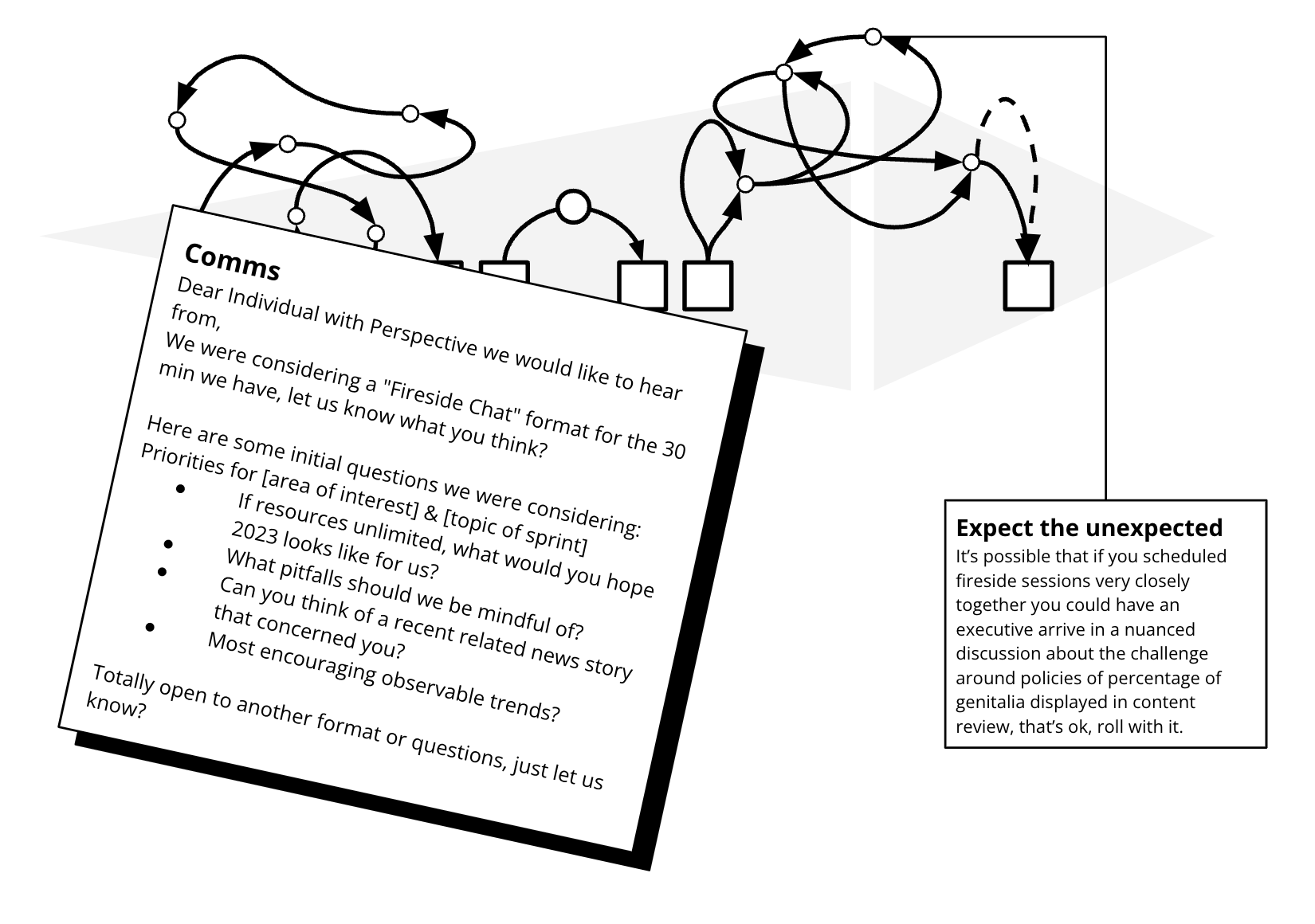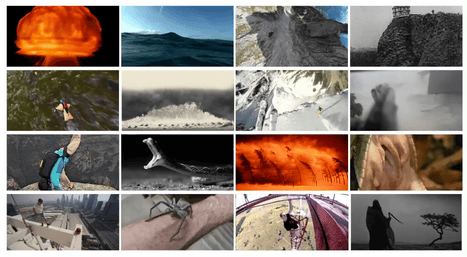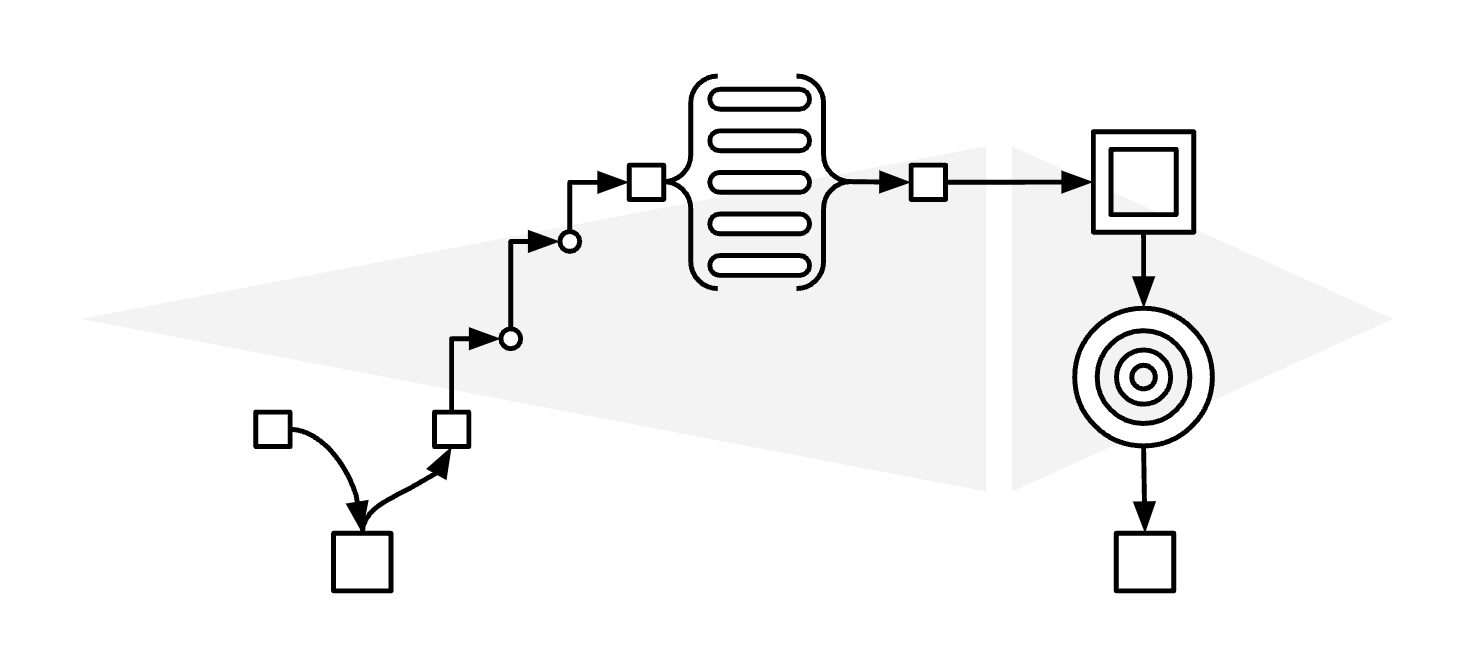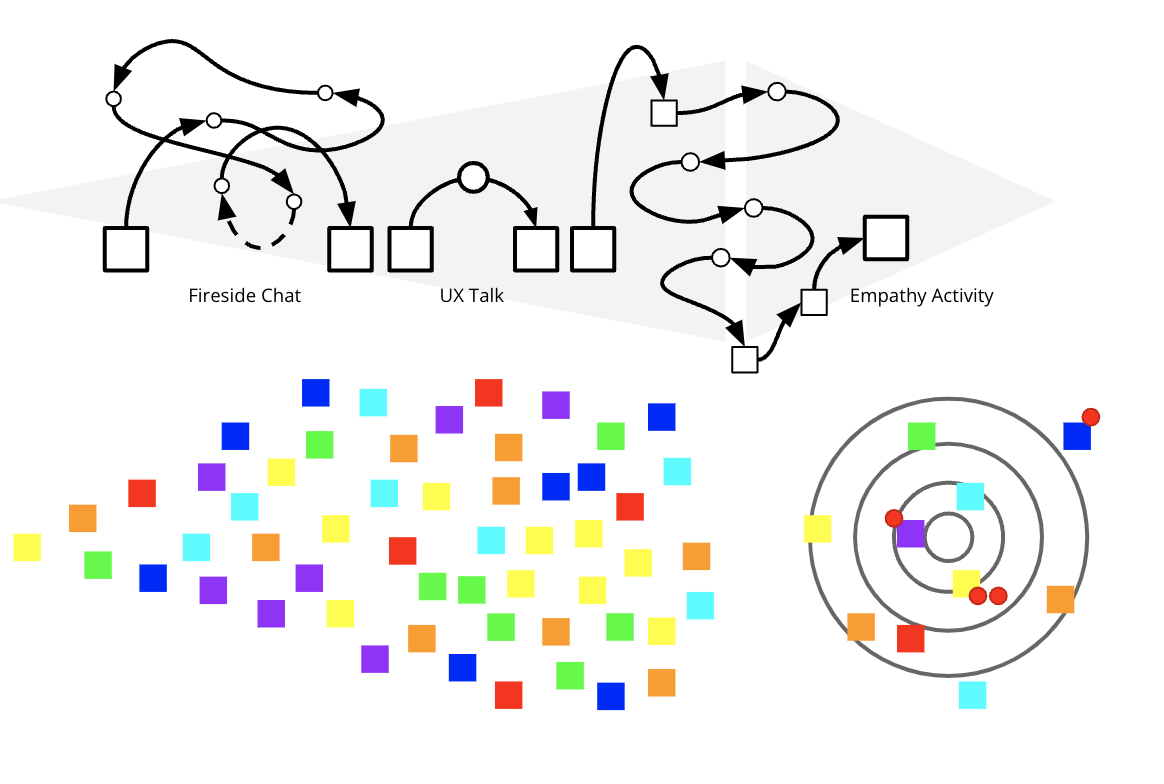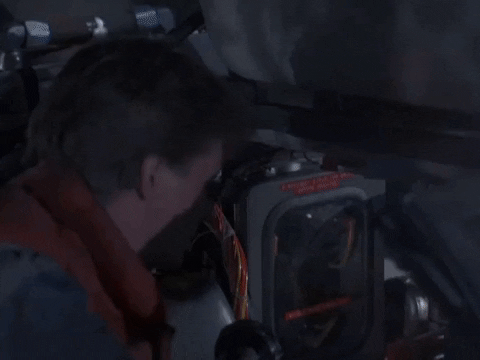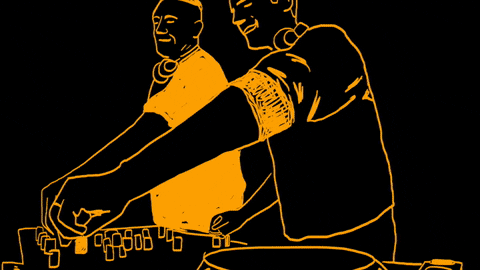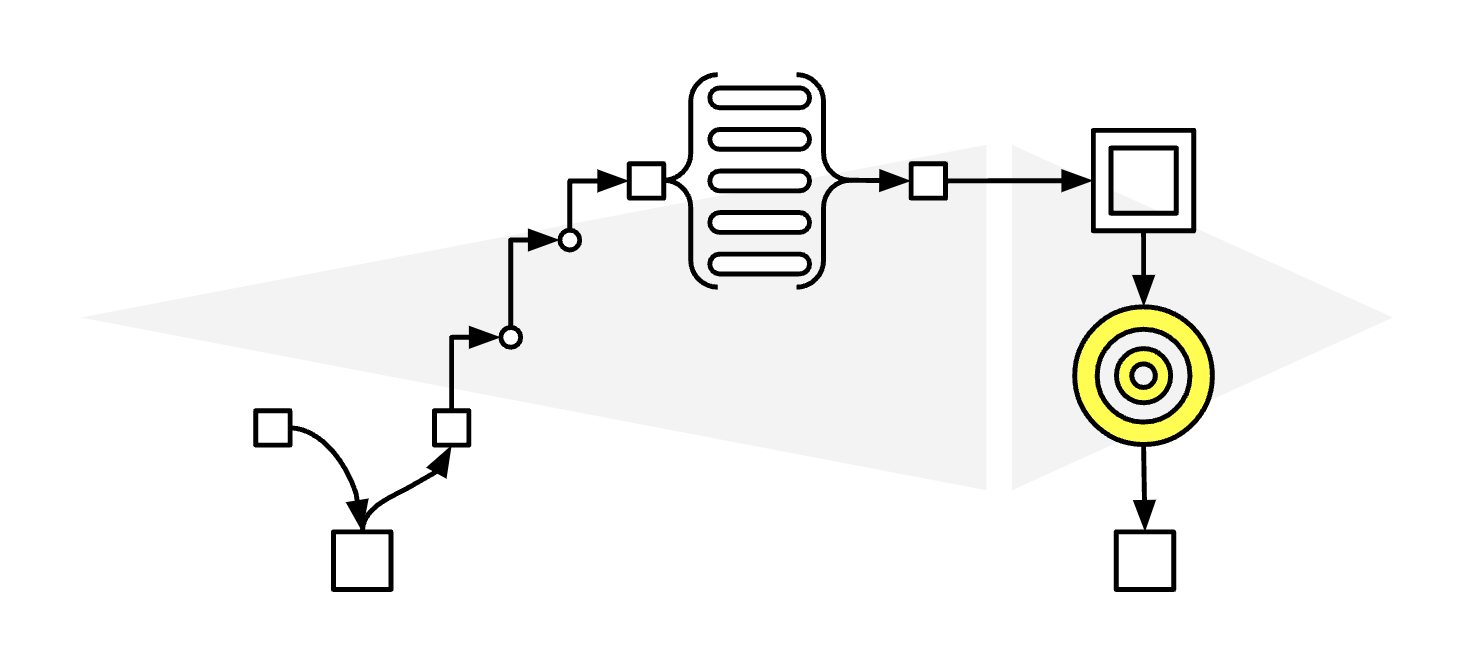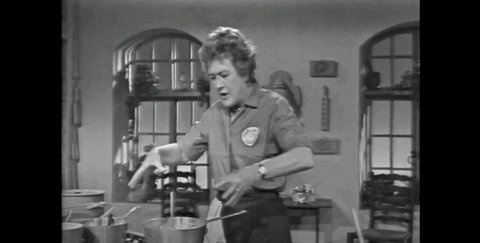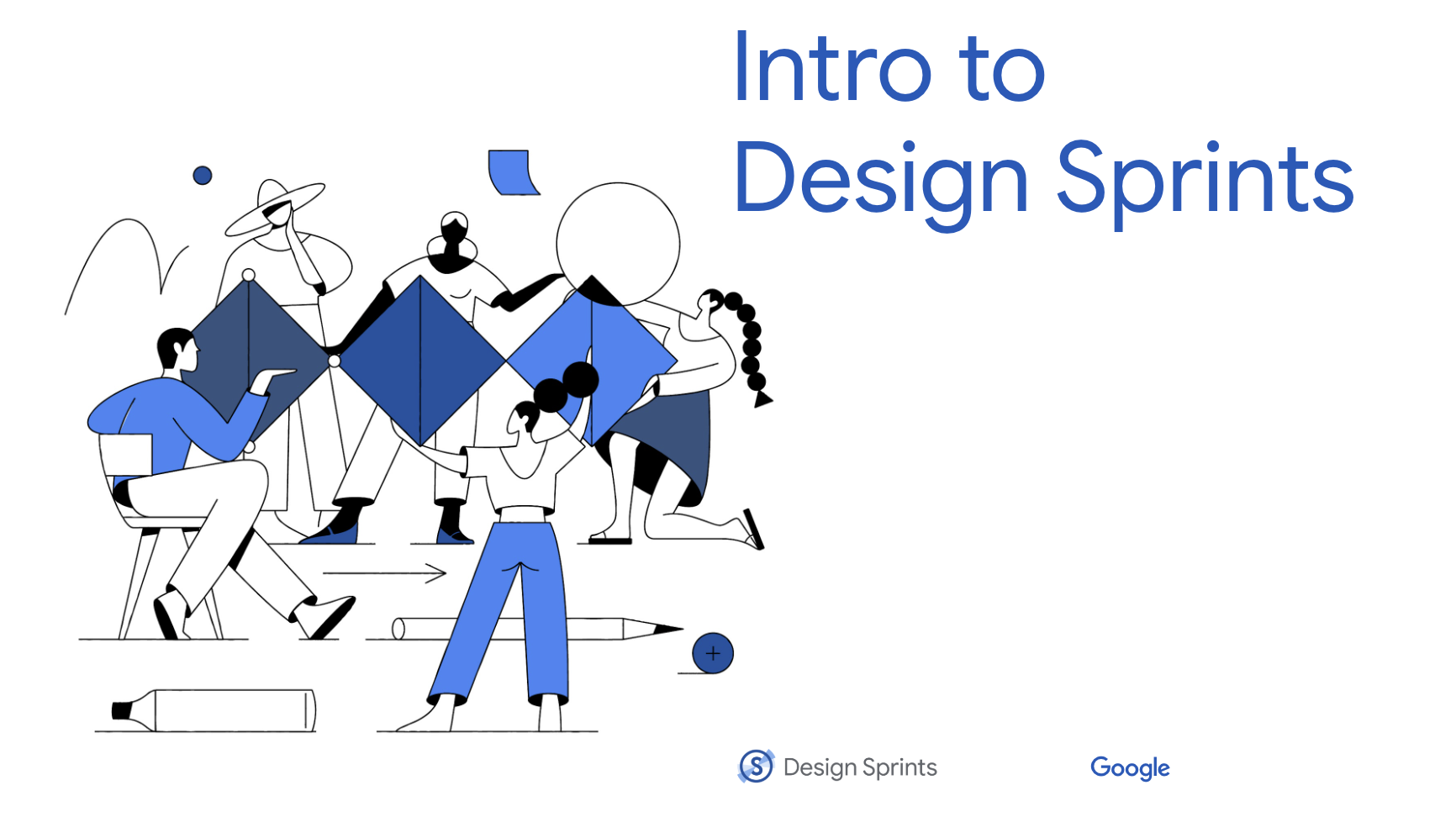sprint-mmm
Methods for Meaningful Moments
Summary
I pioneered the adaptation of the Google Design Sprint methodology to address the unique challenges of remote collaboration and sensitive subject matter, particularly within Trust & Safety and Content Moderation. Through the development and implementation of novel methods, I cultivated deeper empathy, understanding, and engagement among participants, resulting in more effective virtual collaboration and impactful design outcomes. This work has been shared at Google-wide events and design sprint courses, contributing to the broader knowledge base of design sprint facilitation.
“Sprint methods for generating meaningful proximity to complex & sensitive topics.”
My Role
Adapt classic sprint structures: Evolving the typical design sprint shape to accommodate reduced schedules, remote collaboration, and the need for greater emphasis on understanding complex and sensitive topics.
Develop and implement new methods: Creating and applying innovative techniques like "Tweet to Self," "Speculative Futures," and immersive "Plimsoll Sprints" to foster deeper empathy, understanding, and engagement among participants.
Champion a human-centered approach: Prioritizing the emotional and psychological well-being of participants, especially when dealing with challenging subject matter.
Share and educate: Documenting and disseminating these innovative methods through presentations and workshops, contributing to the growth of design sprint facilitation practices.
Problem
The shift to remote work during the pandemic, coupled with the increasing complexity and sensitivity of topics in Trust & Safety and Content Moderation, presented several challenges for traditional design sprint facilitation:
Remote Collaboration: Maintaining engagement and fostering meaningful interaction among geographically dispersed participants.
Condensed Schedules: Teams were less willing to commit to full-day sprints, requiring the development of shorter, more focused sprint formats.
Sensitive Topics: The nature of Trust & Safety and Content Moderation topics demanded a safe and inclusive space for participants to explore challenging and potentially emotionally taxing issues.
Need for Deeper Understanding: Traditional sprint methods sometimes lacked the depth to generate authentic, empathic understanding of complex issues.
Solution
Evolving Sprint Shapes
I adapted the classic design sprint structure to accommodate reduced schedules and remote collaboration, utilizing asynchronous "pre-flight" activities and prioritizing the initial "Understand" phase. This allowed for more focused and efficient sprints.
Developing Meaningful Proximity Methods
I introduced alternative methods to lightning talks and HMWs, such as fireside chats, speculative futures exercises, and immersive activities, to foster deeper understanding and empathy among participants.
Fireside Chats & Panels: To foster a warm, inviting, and informal environment for discussion, especially with leadership.
Immersive Activities (Plimsoll Sprints): To generate empathy for content moderators by simulating aspects of their experiences, including inducing an alert state and then guiding participants through mindfulness exercises.
Speculative Futures Exercises: To transport participants into the future and consider the multi-faceted implications of their ideas (e.g., Futures Wheel, Tweet to Self, STEEP Dowsing).
Emphasizing Narrative Models: I structured activities with clear opening, exploration, and closing phases to ensure participants felt informed, safe, and valued throughout the process
Prioritizing Meta-Awareness: I increased awareness of how pre-activities, pace, transitions, and the emotional and physical state of participants impacted sprint outcomes, leading to more intentional facilitation choices.
Method Anatomy
Case Study: Speculative Futures Sprint
Overview of Session Challenge:
“Celebrating 10 years of design sprint facilitation we wanted to also take the opportunity to look forward. We created space to discover trends and synthesize potential concepts for what design collaboration could be like in the year 2030”
~9 Global Google/External Participants & 1 Futures Expert (Phil Balagtas)
Intro Object/Talk
Speculative design often benefits from weeks or months of immersion.
To efficiently prepare participants for our two-session (four-hour) sprints, I employ an "intro object/talk" technique.
Participants bring an object or media related to the theme—a now-standard practice.
This enables a rapid, personal connection to the topic and a quicker start to speculative activities.
I also find it effective to use a focused talk or expert perspective instead of only lightning talks.
Dowsing for Future Trends
Drawing inspiration from "Real Magic," I used a "dowsing" activity to help participants intuitively identify future trends. I provided the STEEP framework, used music to create a more immersive experience, and set a timer. This was also my first time incorporating music, which proved to be a powerful tool for enhancing the depth and transportive nature of the exploration.
"Tweet to Self":
Back-casting and Future Framing
Participants were asked to "write a note to yourself in 2011" (140 characters or less), reflecting on the past 10 years and considering the next 10.
The prompt was: "What insights would you share with yourself? Could your 2011 self understand this note?"
Responses varied widely, from practical to superficial, but the activity successfully transported participants to different times and perspectives.
(Personal note: I took this literally, writing a very detailed message to my past self.)
Guiding Futures Exploration
The Futures Wheel offers a robust framework for organically guiding participants through the second and third-order effects of their developed ideas.
While we applied STEEP, the dimensions are adaptable.
To facilitate effective participation, especially for those unfamiliar with multi-dimensional futures, I've learned that providing a clear example and a practice round is crucial.
Summary
This speculative sprint, through its innovative methods, successfully fostered future-oriented thinking and generated diverse concepts for the evolution of design collaboration, ultimately pushing the boundaries of how we envision and practice design in the years to come.
Trade Offs
Efficiency vs. Depth: While shorter sprints were necessary, I prioritized methods that fostered deeper understanding, sometimes requiring more time in the initial phases.
Structure vs. Flexibility: I experimented with both structured frameworks and more improvisational approaches, adapting to the specific needs of each sprint.
Emotional Impact vs. Participant Comfort: When dealing with sensitive topics, I carefully considered the potential emotional impact of immersive activities, prioritizing participant safety and well-being.
Lessons Learned
The Importance of Empathy in Facilitation: Facilitating sprints on sensitive topics requires a deep understanding of human emotions and the ability to create a safe and supportive environment.
The Power of Experimentation: Adapting and innovating on existing methodologies is crucial for addressing new challenges and creating more effective design sprint experiences.
The Value of Sharing Knowledge: Documenting and sharing new methods can contribute to the growth of the design community and improve the practice of design sprint facilitation.
Impact
The adapted design sprint methods successfully generated meaningful insights and solutions in the complex and sensitive domains of Trust & Safety and Content Moderation. These methods were shared at Google-wide events, virtually in the SLA Sharing Series: “Flexing Virtual Sprints” and throughout many “Intro to design sprint courses.”

